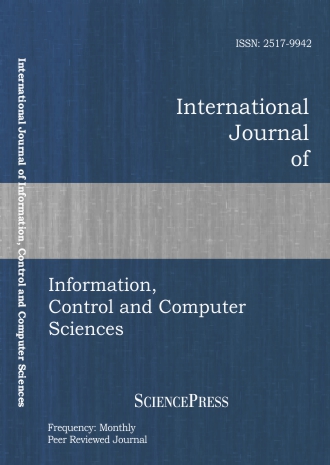
Scholarly
Volume:1, Issue: 10, 2007 Page No: 3060 - 3065
International Journal of Information, Control and Computer Sciences
ISSN: 2517-9942
967 Downloads
Study of Measures to Secure Video Phone Service Safety through a Preliminary Evaluationof the Information Security of the New IT Service
The rapid advance of communication technology is evolving the network environment into the broadband convergence network. Likewise, the IT services operated in the individual network are also being quickly converged in the broadband convergence network environment. VoIP and IPTV are two examples of such new services. Efforts are being made to develop the video phone service, which is an advanced form of the voice-oriented VoIP service. However, the new IT services will be subject to stability and reliability vulnerabilities if the relevant security issues are not answered during the convergence of the existing IT services currently being operated in individual networks within the wider broadband network environment. To resolve such problems, this paper attempts to analyze the possible threats and identify the necessary security measures before the deployment of the new IT services. Furthermore, it measures the quality of the encryption algorithm application example to describe the appropriate algorithm in order to present security technology that will have no negative impact on the quality of the video phone service.
Keywords:
References:
[1] Basic BcN Establishment Plan II (draft), Ministry of Information and